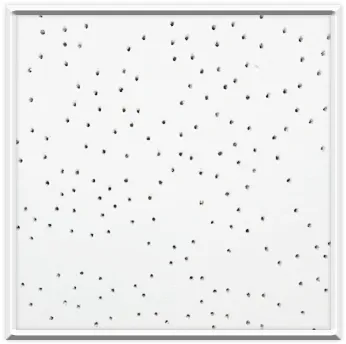Pressure reduction valves are also used to maintain a constant pressure in a system, regardless of fluctuations in the supply pressure. This is particularly important in systems where precise pressure control is required for the efficient operation of processes or equipment..


